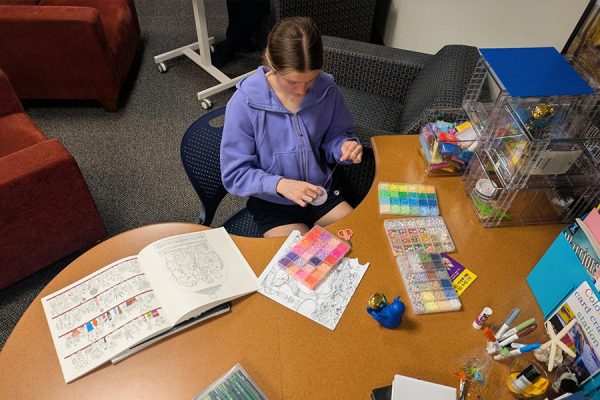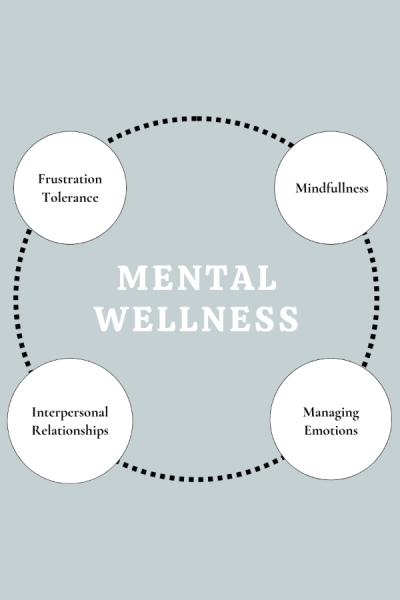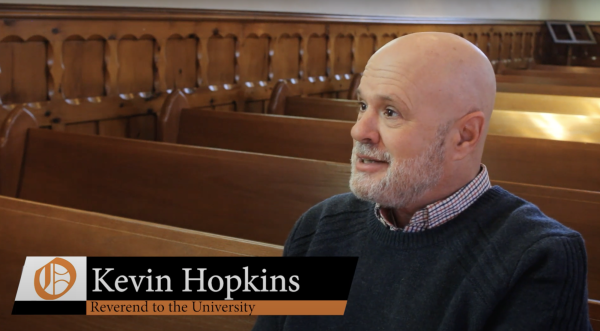Red tide continues to worsen
Imagine walking down a beach — serene and beautiful, that is until you notice the hundreds of dead fish along the shore. The toxic red tide is intensifying, particularly along the coast of Florida.
This phenomenon occurs when marine life is oxygen deprived due to a film of cyanobacteria and Karenia brevis located all over the surface of the water. The red tide is brought closer to the coast due to the movements of the ocean through currents and wind. Although this has been happening yearly for centuries, the amount of time each year seems to be prolonged.
Not only are fish affected by the algae, but other forms of marine life are as well. Citizens of Florida report daily about the deaths of sea turtles, dolphins and manatees. This year’s outbreak has been so bad that even a whale shark washed up on the coastline. In Charlotte County, one marina manager claims to have pulled over 3,000 pounds of dead marine life from the surrounding waters alongside his staff.
This year’s invasion was bred in Lake Okeechobee, a common place for local farmers and towns to accidentally leak nitrogen and phosphorus-based fertilizers. These chemicals allow the bacteria to grow at rapid rates. Hurricane Irma forced some of the lake water out into canals leading to the ocean due to flooding, thus heightening the amount of cyanobacteria in the sea water.
Not only is marine life affected, but humans are as well. Inhaling cyanobacteria can cause lung problems with symptoms similar to asthma, headaches, pneumonia and stomach issues. This is not an uncommon issue, as the bacteria is able to become aerosolized in the wind. If a person is exposed to the bacteria for an extended period of time, they may suffer much more serious issues in the future such as liver cancer and Alzheimer’s Disease.
Experts do not know how long the current algae bloom will last and how the oxygen-deprived dead zones will affect the sea as we know it in the future. The current thoughts are that today’s level of pollution as well as climate change will continue to worsen red tides each year.
The development of Florida has almost always appeared great to its citizens, but at what cost? According to Rick Bartleson, a research scientist with the Sanibel-Captiva Conservation Foundation, wetlands are diminishing at astounding numbers due to the development of the land. Because of this, rainwater that used to drift into estuaries is now unfiltered and headed straight for multiple bays along with the various fertilizers and chemicals that accompany it.
Although scientists have developed means to destroy the algae, they are wary of its use due to unknown effects on the marine ecosystem as well as our own. Right now, they are relying on the hope for less rainfall and increased wind to remediate the issue naturally.












